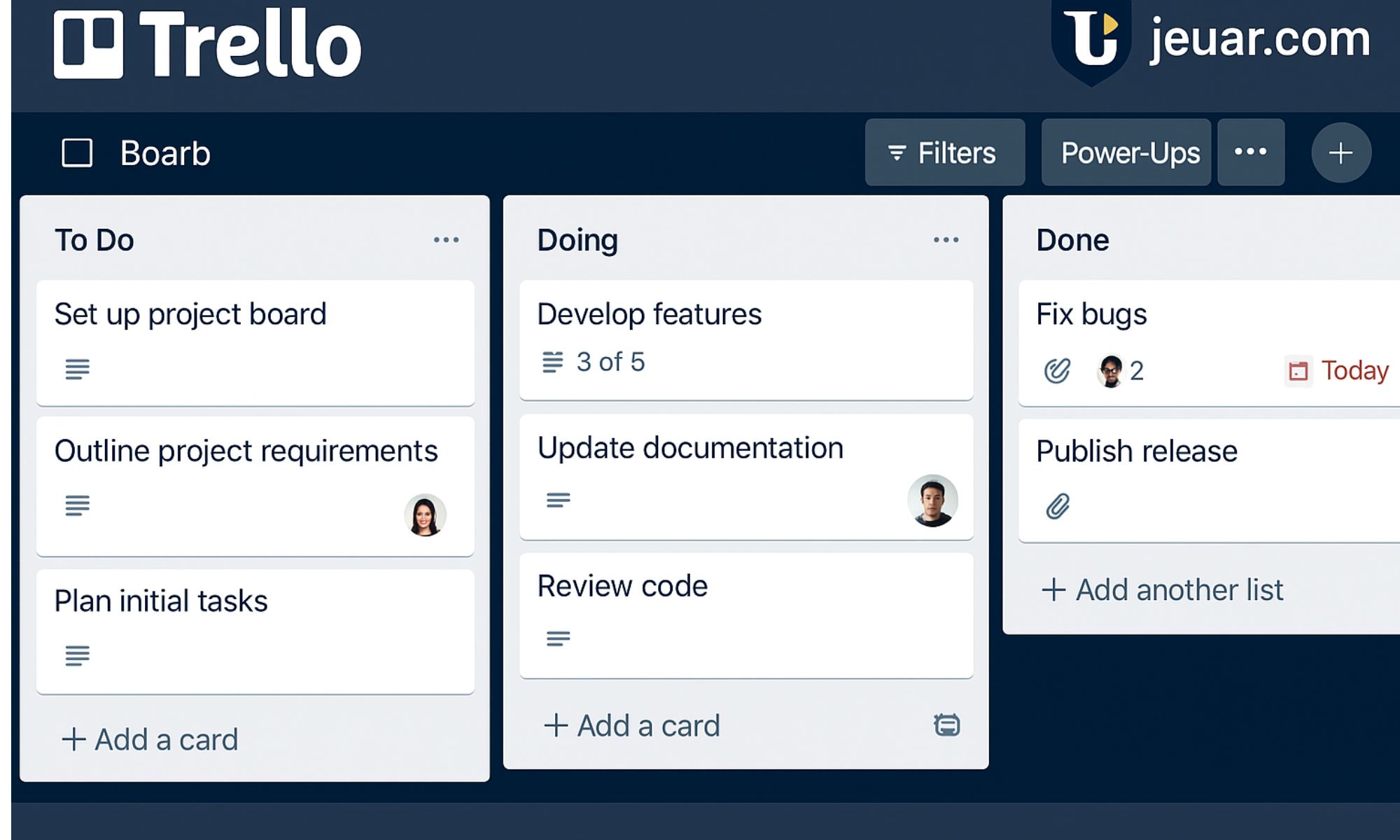In the digital marketing world, there’s a ton of noise — thousands of tools, platforms, and “gurus” promising instant traffic, viral growth, or passive income. Amid all of that, ClickFunnels has become a go-to name for many online entrepreneurs and marketers. It’s not perfect, but its promise is compelling: reduce friction, simplify the tech stack, and channel visitors toward the actions you want (opt-ins, sales, upsells).
In this post, I’ll walk you through:
- What ClickFunnels is (and isn’t)
- The main features and components
- Strengths, weaknesses, and common pitfalls
- How to use it strategically (for blogs, sales funnels, content marketing)
- Tips and best practices
- Final verdict and whether it’s right for you
Let’s dive in.
1. What Is ClickFunnels?
At its heart, ClickFunnels is a software-as-a-service (SaaS) platform to build sales funnels — sequences of web pages designed to guide people through a journey, from initial awareness to conversion (e.g. purchase, subscription, lead capture). The idea is: don’t leave your visitors to wander aimlessly; give them a clear path with minimal friction.
But over time, ClickFunnels has expanded beyond just funnel-building. It now offers a more integrated “site + funnel + marketing automation” approach. clickfunnels.com+3clickfunnels.com+3clickfunnels.com+3
Key positioning statements from ClickFunnels:
- “Everything you need to market, sell, and deliver your products and services online” without hiring a tech team. clickfunnels.com+1
- Their “Site & Blog” app connects blog content, funnels, and marketing tools so your content becomes part of your sales machine. clickfunnels.com+2support.myclickfunnels.com+2
- They promote that every blog post can be linked into funnels, lead magnets, and offers, turning readers into customers. clickfunnels.com+2clickfunnels.com+2
So, it’s more than just a funnel builder now — it’s a hybrid between a content / site builder and a sales funnel system.
However, it’s important to note: early versions (e.g. ClickFunnels 1.0) had limited or no native blogging/CMS capabilities; many users leveraged third-party integrations (like DropInBlog) to get robust blog features. dropinblog.com+2support.myclickfunnels.com+2 The newer “Site & Blog” module is intended to address that gap. support.myclickfunnels.com+1
2. Core Features & Components
Here are the major parts (and selling points) of ClickFunnels:
| Feature | What It Allows / Why It’s Useful |
|---|---|
| Drag-and-drop funnel & page builder | Design landing pages, sales pages, order forms, upsell/downsell pages without coding. |
| Template library | Pre-built funnels and page templates for various use cases. |
| Blog & Site Integration | As part of the “Site & Blog” app: build blog pages, set authors, categories, SEO metadata, etc. clickfunnels.com+3clickfunnels.com+3support.myclickfunnels.com+3 |
| SEO / technical underpinnings | Ability to edit meta tags, slugs, URLs, generate sitemaps, mobile optimization. clickfunnels.com+2support.myclickfunnels.com+2 |
| Email / Automation / Sequences | Automate email follow-ups, segment contacts, run campaigns tied to funnel steps. clickfunnels.com+2clickfunnels.com+2 |
| A/B Testing / Split Tests | Try two versions of pages or funnels to see which converts better. clickfunnels.com+2clickfunnels.com+2 |
| Analytics & Tracking | See funnel metrics (views, conversions, drop-off) to understand performance. |
| E-commerce / Order Management | Handling products, carts, upsells/downsells, payment processing. |
| Affiliate / Partner Tools | Manage affiliates, commissions, tracking. |
| Other Tools & Apps | Countdown timers, message hub, appointments, customer center, etc. clickfunnels.com+2clickfunnels.com+2 |
Because ClickFunnels tries to combine multiple functionalities (content, funnels, marketing automation), using it effectively means thinking holistically: your blog content, your lead magnets, your funnel offers — they should all interconnect rather than exist in silos.
3. Strengths, Weaknesses & Pitfalls
🔍 Strengths
- All-in-one simplification
For many marketers, the dream is “one platform does it all.” Instead of juggling separate website builders, landing page tools, email marketing platforms, and funnel software — ClickFunnels aims to bring many of these together. - Conversion-first mindset
ClickFunnels is built around conversions. Every element — from templates to builder tools — is meant to facilitate guiding people toward a decision. - Templates & best practices baked in
You don’t always have to reinvent everything. The library gives you a starting point. This reduces the barrier for non-technical users. - Seamless linking between content and funnels
Because of its blog + funnel integration, you can drive traffic from content naturally into funnels, with fewer “drops” between systems. - Strong community / ecosystem
ClickFunnels has a large user base, tutorials, courses, and community support. That means lots of shared templates, hacks, and help.
⚠ Weaknesses / Common Complaints
- Cost
Because of its premium positioning and integrated approach, ClickFunnels can be more expensive than using more modular tools separately — especially for smaller or starting projects. - Learning curve for bigger features
The basic funnel creation is relatively accessible, but as you layer on automations, affiliate logic, blog customization, etc., things can become complex. - Less flexibility vs specialized tools
A dedicated CMS (like WordPress) or email marketing tool might offer more depth in blog features, SEO control, or email deliverability. If you push ClickFunnels to do everything, some trade-offs will surface. - Performance / speed & SEO concerns
Because funnel landing pages and integrations sometimes bring extra scripts or dependencies, page load speed and SEO may need extra attention. You’ll need to optimize carefully. - Legacy / versioning friction
Users migrating from older versions (CF 1.0) sometimes struggle with the transition or integrations. Also, earlier, blogging was not native — so some old workflows must be reworked. dropinblog.com+2support.myclickfunnels.com+2 - Over-reliance on built-in tools
If a feature is missing or limited, you might find yourself blocked or forced to integrate external tools — which can negate the “all-in-one” advantage.
4. Using ClickFunnels Strategically (for Blogs, Funnels & Monetization)
Here’s how you can think of ClickFunnels in a strategy-driven way (not just using it as a tool).
A. For Bloggers Who Want to Monetize
One of the interesting use cases is using ClickFunnels as a blogging + monetization engine, rather than just for one-off funnels.
- ClickFunnels frames each blog post as an opportunity to lead into a funnel (opt-ins, upsells, webinars). clickfunnels.com+2clickfunnels.com+2
- Use lead magnet landing pages linked in your blog navigation, within posts, and in footers. This directs the content reader toward your opt-in offers. clickfunnels.com
- Because content and funnels live in the same ecosystem, you avoid “leaks” (for instance, someone leaves your blog and goes somewhere else before seeing your offer).
- You can also embed calls-to-action, countdowns, or dynamic offers directly within or at the end of posts.
If you’re migrating a blog into ClickFunnels, you’ll want to audit your blog structure: categories, post flows, internal linking, and how your content leads into offers.
B. For Funnel-First Businesses (Courses, Info-Products, Coaching)
If your business is funnel-driven from the start (e.g. selling a course, coaching, digital product), ClickFunnels is more obviously in its comfort zone.
- Map your funnel: awareness → lead magnet → tripwire → core offer → upsell → cross-sell → retention
- Use content (blog posts, guest posts) upstream of the funnel to bring in organic traffic.
- Connect each content piece to micro-funnels (e.g. content upgrades, mini opt-ins) that feed your main funnel.
- Leverage sequencing & automation to nurture leads who are stuck or not converting immediately.
- Continuously A/B test funnel pages and copy. Improve the weakest steps.
- Monitor analytics: where do people drop off, what’s your conversion %, lifetime value, etc.
C. Hybrid Approach: Content + Funnel + Community
You can also use ClickFunnels to build community or membership areas, content hubs, and recurring revenue models. In that case:
- Use the blog to educate, retain, and engage your audience
- Funnels drive new signups or upgrades
- Automations handle drip content, onboarding, upsells
- Use internal linking and content upgrades to cross-promote within your ecosystem
5. Tips & Best Practices for Getting the Most From ClickFunnels
Here are actionable tips (based on what users and experts often recommend):
- Start simple
Use one funnel or one content-to-offer flow and get it working before complicating matters. - Choose a niche & message first
A great funnel with weak messaging will underperform. Solid messaging, clarity of promise, and alignment with your audience is key. - Use proven templates, then adapt
Leverage the template library as your skeleton. Customize the copy, images, and steps to align with your brand and offer. - Prioritize fast load times
Optimize image sizes, reduce unnecessary scripts, limit heavy widgets. Use performance tools to check speed. - Layer in A/B tests
Test small changes — button copy, color, headlines. But test one variable at a time for clarity. clickfunnels.com+1 - Link content & funnels strategically
In blog posts, sprinkle call-to-action buttons or links to lead magnets. At the end, direct readers to relevant funnels. Use content upgrades. - Track micro-conversions
Not just “did they buy?” but “did they opt in?”, “clicked to upsell?”, “spent time reading?” — understand the funnel dynamics. - Use automation sequences wisely
Don’t spam. Time your follow-ups, segment by behavior, and provide value in the sequence — not just sales pitches. - Monitor and iterate
Funnels must evolve. Watch what fails, what works, and tweak. A funnel launched is not a funnel finished. - Be cautious with overcomplexity
Avoid building too many branches or logic unless necessary. Often a simpler funnel wins over a hyper-complicated one. - Backup & version control
Before making big changes, clone and back up your funnel. That way you can revert if performance drops. - Learn from the community
Many ClickFunnels users share their funnel templates, hacks, and split test results. Borrow ideas, adapt, and test.
6. Final Thoughts & Is ClickFunnels Right for You?
ClickFunnels is a powerful tool, especially for those who want to streamline their online marketing stack. If your goal is to convert visitors to leads and then to customers — and you want a cohesive system connecting content, funnels, and automations — it’s a compelling choice.
However, it’s not a silver bullet. There are trade-offs in cost, flexibility, and specialization. In some cases, using best-of-breed tools (e.g. WordPress + a landing page tool + a separate email automation system) might offer better depth or cost efficiency.
If I were to summarize when ClickFunnels makes sense:
Go for it if:
- You are launching or scaling a funnel-based business (courses, coaching, digital products)
- You want fewer tools and simplified integrations
- You are comfortable investing in the platform and learning its features
- You want your content and funnels tightly connected
- You are testing and iterating (i.e. you will continuously improve your funnel)
Maybe look elsewhere if:
- Your blog or content is your core business and requires very advanced CMS features
- Your audience or SEO needs demand features not yet well supported in ClickFunnels
- You’re extremely cost-constrained and see better ROI combining cheaper tools
- You already have a mature workflow or ecosystem you don’t want to abandon
If you like, I can also write you a customized blog post ready to publish (with images, headings, SEO meta, etc.) about ClickFunnels — or compare ClickFunnels with alternatives like Kartra, Systeme.io, etc. Do you want me to build that for you?



